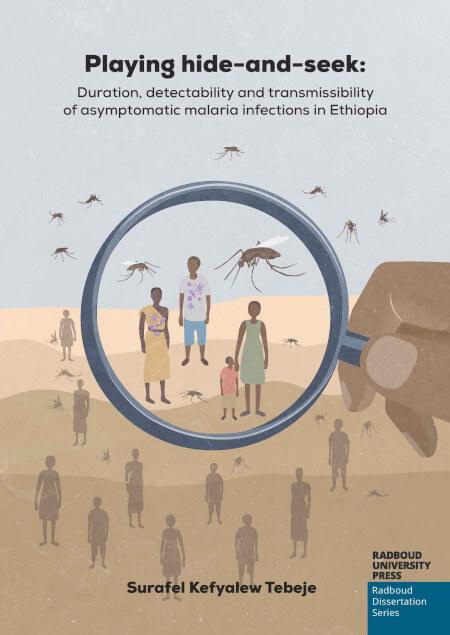Playing Hide-and-Seek: Duration, detectability, and transmissibility of asymptomatic malaria infections in Ethiopia
Keywords:
Parasitology, Microbiology, Infectious DiseasesSynopsis
Malaria is an infectious disease caused by Plasmodium parasites that are transmitted through infectious mosquito bites. There are over 200 species of Plasmodium of which four species commonly infect humans: Plasmodium falciparum, Plasmodium vivax, Plasmodium ovale (P. ovale curtisi and P. ovale wallikeri) and Plasmodium malariae. P. falciparum and P. vivax are the most prevalent human-infecting species and account for the majority of all malaria illness globally. The clinical and biological features of malaria infections have long been defined based on symptomatic malaria cases. However, a large proportion of malaria infections remain asymptomatic without eliciting treatment seeking behavior. These are less well studied. Although ‘asymptomatic’ and not associated with acute symptoms suggestive of febrile disease, these infections may nevertheless have considerable health consequences that have been neglected by the malaria research community. These health consequences include low-grade inflammation and mild anaemia. Currently, there is also increasing scientific evidence that indicates that asymptomatic malaria infections are more prevalent than previously thought in any transmission settings and can be important drivers of malaria transmission. However, whether these asymptomatic malaria infections need to be targeted for intervention to achieve malaria elimination is still debatable due to lack of conclusive data. Therefore, the aim of this thesis is to provide insights in the biology, epidemiology and field characteristics of asymptomatic malaria infections with a focus on Ethiopia.

Published
Series
Categories
License

This work is licensed under a Creative Commons Attribution-NonCommercial-NoDerivatives 4.0 International License.

